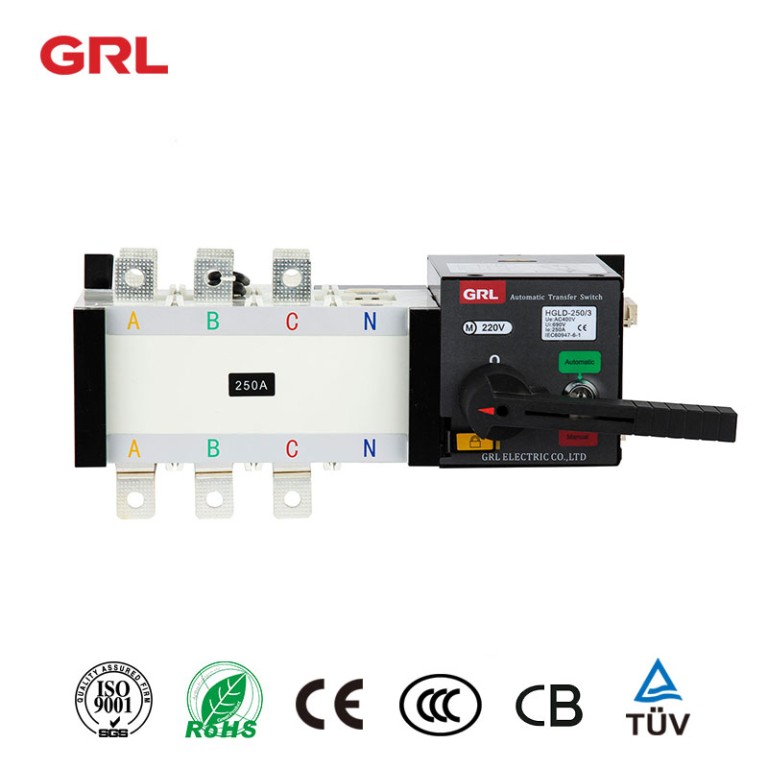
# Automated Trading System: Revolutionizing Financial Markets
## The Rise of Automated Trading Systems
Automated Trading Systems (ATS) have transformed the financial landscape in recent years. These computer-driven platforms execute trades based on predefined algorithms, eliminating human emotions and errors from the trading process. The adoption of ATS has grown exponentially as technology advances and market participants seek more efficient ways to trade.
Financial institutions and individual traders alike are embracing ATS for their speed, accuracy, and ability to process vast amounts of market data in real-time. Unlike traditional manual trading, automated systems can monitor multiple markets simultaneously and execute trades within milliseconds when specific conditions are met.
## How Automated Trading Systems Work
Core Components of ATS
An effective automated trading system typically consists of several key components:
- Market data feed – Real-time price and volume information
- Strategy implementation – The trading algorithm or rules
- Order execution – The mechanism to place trades
- Risk management – Controls to limit exposure
- Performance analysis – Tools to evaluate results
Algorithm Development Process
Developing a profitable trading algorithm involves multiple stages:
- Strategy conception – Identifying a potential edge in the market
- Backtesting – Testing the strategy on historical data
- Optimization – Refining parameters for better performance
- Live testing – Running the algorithm with small positions
- Full deployment – Implementing the strategy with real capital
## Benefits of Automated Trading
Efficiency and Speed
ATS can process information and execute trades far faster than any human trader. This speed advantage is particularly valuable in high-frequency trading environments where milliseconds can make the difference between profit and loss.
Keyword: ATS
Emotion-Free Trading
By removing human psychology from the equation, automated systems stick to the trading plan without succumbing to fear or greed. This discipline often leads to more consistent results over time.
24/7 Market Monitoring
Automated systems can watch markets around the clock, identifying opportunities even when the trader is asleep or occupied with other tasks. This continuous monitoring is especially valuable in global markets that operate across different time zones.
## Challenges and Considerations
System Risks
While ATS offer numerous advantages, they also come with potential pitfalls:
- Technical failures – System outages or connectivity issues
- Over-optimization – Creating strategies that work well in backtests but fail in live markets
- Market changes – Algorithms may become ineffective as market conditions evolve
Regulatory Compliance
Traders using automated systems must ensure their strategies comply with all relevant financial regulations. This includes avoiding manipulative practices like spoofing or layering that some algorithms might inadvertently perform.
## The Future of Automated Trading
As artificial intelligence and machine learning continue to advance, we can expect automated trading systems to become even more sophisticated. The integration of alternative data sources and predictive analytics will likely create new opportunities for algorithmic traders.
However, the human element remains crucial in developing, monitoring, and adjusting these systems. The most successful traders will be those who can effectively combine technological tools with market insight and risk management principles.
The revolution in financial markets brought by automated trading systems shows no signs of slowing down. As technology progresses, these systems will become more accessible to retail traders while continuing to dominate institutional trading desks.